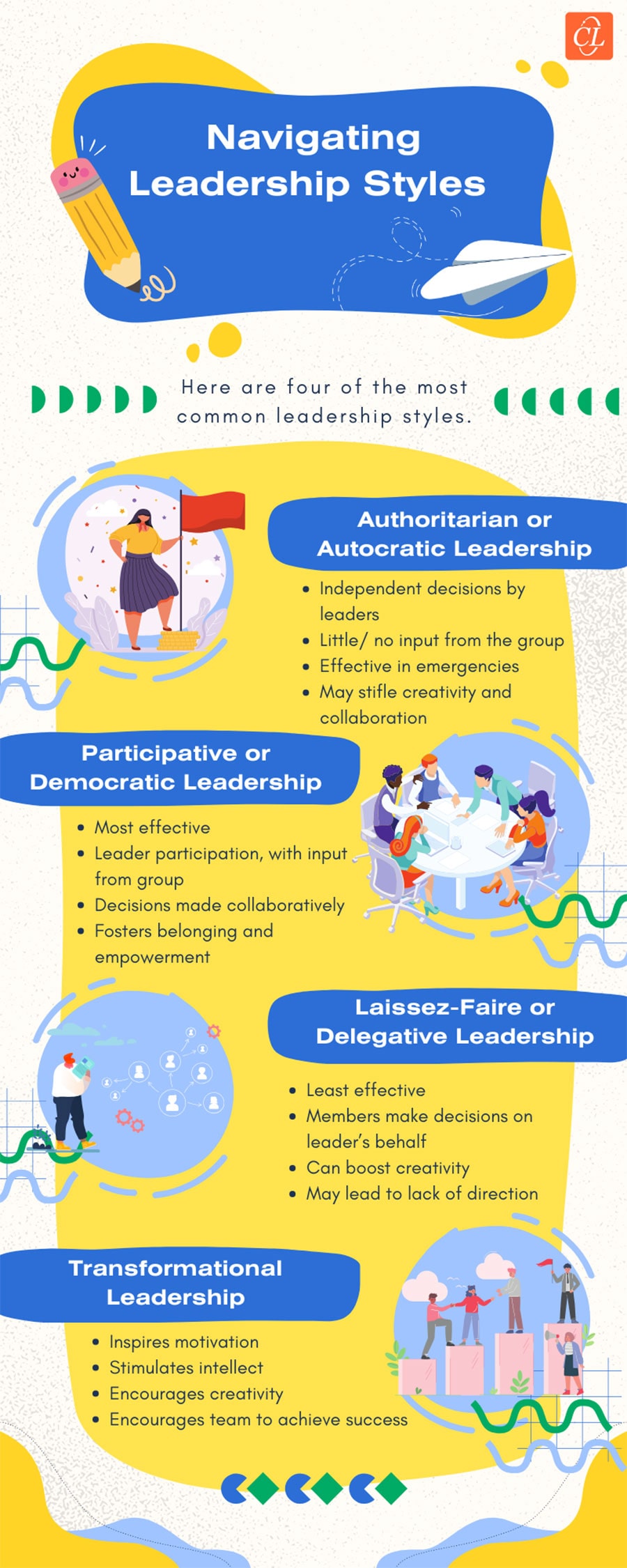Role of Leadership Training in Creating Successful Leaders [Infographic]
To what extent does leadership training play a crucial role in molding people into strong leaders? Let’s unveil the answer.

A thriving business is often synonymous with effective leadership at its top. By nurturing a culture of strong leadership within the organization, businesses can unlock untapped potential, drive innovation, and achieve sustainable growth.
A culture of strong leadership encourages open communication, transparency, and accountability at all levels of the organization. Leaders set clear expectations, provide guidance and support, and empower employees to take charge of their work and contribute meaningfully to the company's objectives. This builds a sense of trust and loyalty among the team, leading to higher levels of engagement, productivity, and job satisfaction.
At all organizational levels, open communication, accountability, and openness are fostered by a culture of strong leadership. Clear expectations are set, direction and support are given, and employees are empowered to take responsibility for their job and make significant contributions to the goals of the organization by their leaders.
Who are Leaders in an Organization?
Leaders in an organization are not just the decision-makers, they're the cheerleaders, mentors, and architects of how everyone works together. Leaders set the vibe, making sure it's a mix of hard work and good vibes. Their influence goes way beyond and above, it's in the daily grind, the high-fives, and even the tough times. They're the backbone, the ones who shape the company culture, keep the ship sailing smoothly, and help everyone reach their full potential. So, leaders are like the unsung heroes making the workplace a place where things get done and people thrive.
→ Download Now: Virtual Leadership Training Program [Case Study]
Different styles of leadership also play a crucial role in shaping organizational dynamics and influencing employee engagement and performance. Different styles bring their unique approach to inspiring and motivating teams. By understanding and embracing diverse leadership styles, organizations can create a blend of leadership qualities that resonate with employees and drive collective success. Interested in exploring how different leadership styles contribute to a workplace culture? Here’s an infographic for a comprehensive overview.
Truly, successful leaders have this knack for influencing others in various ways. They're like the fuel that keeps the team's engine running with motivation and inspiration, steering positive changes in the workplace culture. But here's the real question– can someone actually learn to be a leader? And, those leaders we already have need to keep brushing up on their skills with ongoing training? Let's see what role leadership training plays.
What is the Role of Leadership Training in Creating Successful Leaders?
Through targeted leadership training initiatives, employees are equipped with the knowledge, skills, and attitude required to lead teams, navigate challenges, and steer the organization toward success.
Investing in leadership training initiatives represents a way to not only groom future leaders but also cultivate a positive organizational culture rooted in collaboration, communication, and accountability. Employees become capable and self-assured leaders who improve performance, encourage creativity, and eventually take the company to new heights of achievement.
- It empowers individuals to communicate, inspire, and motivate teams effectively.
- Leadership training fosters strategic thinking, decision-making, and problem-solving abilities.
- It cultivates emotional intelligence and self-awareness, key traits for effective leadership.
- Through leadership training, individuals learn to adapt to change and navigate challenges confidently.
- It instills a sense of accountability, integrity, and ethical leadership practices.
- Leadership training enables individuals to lead by example and drive organizational success.
To Conclude
Ultimately, by investing in strong leadership training and cultivating a culture of leadership excellence, businesses can position themselves for long-term success, driving innovation, fostering employee engagement, and achieving sustainable growth in today's competitive business landscape. Developing and strengthening upcoming leaders through extensive training is a crucial tactic to foster such leadership ability.
If you're interested in delving deeper into the success of leadership training, download our case study to discover how virtual classroom training was implemented for leadership training for a food safety company.







